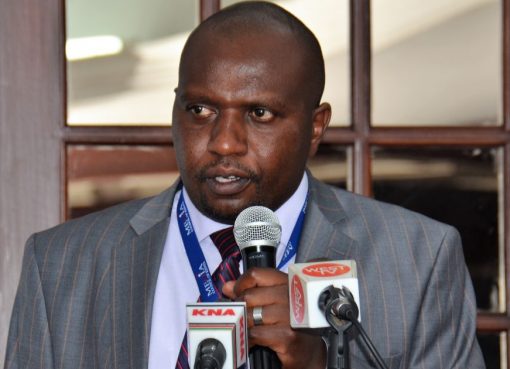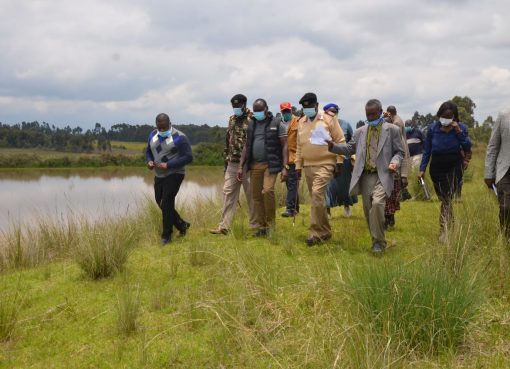Nakuru County government has pledged to allocate Sh1 billion in the next financial year towards improving health care services for Cancer and HIV/Aids patients.
The Governor’s wife Mrs Elizabeth Kinyanjui said she had been assured by the County Assembly that the devolved unit would channel more resources towards cancer and HIV/Aids screening, management and treatment.
Speaking during celebrations to mark Nakuru Hospice’s tenth anniversary where she was chief guest, Mrs Kinyanjui called on Kenyans to change their perception of Cancer and HIV/Aids as death sentences.
Mrs Kinyanjui asserted that most cancers were treatable if diagnosed early while HIV was manageable if diagnosed in time. She urged Kenyans to enrol with National Hospital Insurance Fund (NHIF) to cater for treatment.
She noted that since the oncology centre was established at the Nakuru Level 5 Hospital last year, 15, 600 cases have been reviewed; 1, 700 have been put on chemotherapy.
Prior to the establishment of the department, patients in need of cancer treatment were referred to Kenyatta National Hospital in Nairobi and Moi Teaching and Referral Hospital in Eldoret.
Mrs Kinyanjui hailed the devolved unit’s administration for making investments towards improving health of cancer patients and observed that the ongoing construction of a Sh500 million Radiotherapy Unit was a step in the right direction.
She lamented that most cancer patients and survivors were left at the mercy of their relatives who lacked specialised skills to handle their conditions.
Mrs Kinyanjui called for public-private partnerships in rehabilitating and upgrading Nakuru Hospice which she noted had contributed significantly towards screening and alleviating the suffering of cancer and HIV/Aids patients.
Nakuru County Executive Committee Member for Health Dr Zachary Kariuki Gichuki said the residents would soon benefit from free medical check-ups following passage of a motion making it mandatory for the County government to conduct annual screening for non-communicable diseases (NCD) at ward level.
“One of the biggest burdens with non-communicable diseases is that those who have them have no idea, and so if you do not know you are sick you are unlikely to seek treatment,” said Dr Gichuki.
“Non communicable diseases such as cancer, asthma, diabetes and hypertension among others do not have distinct symptoms like malaria or pneumonia which are associated with fever and headaches, and people only find themselves diagnosed with the disease when they go for other check-ups,” said Dr Gichuki
The legislation which heavily borrows from the Kenya National Strategy for the Prevention and Control of NCDS: 2015-2022, highlights the importance of prevention, as a means to reduce the number of patients seeking treatment. It mandates the Department of Health to come up with strategies and policies that will govern the screening centres when they are rolled out
The CEC pledged to move a draft bill aimed at promoting the county hospice and affordable health care for cancer and HIV/Aids patients.
The hospice founder Mrs Elizabeth Ndung’u lamented that the patients at the facility were not covered by the National Hospital Insurance Fund, a situation that increased financial burdens to their relatives.
She said more resources needed to be channelled towards demystifying Cancer, HIV/Aids and a host of other non-communicable diseases that were currently afflicting Kenyans.
Mrs Ndung’u further challenged both the National and County governments to invest in human resource and equipment towards care of patients with the diseases.
More Kenyan women die from cancer than men, according to the World Health Organization’s research agency.
The International Agency for Research on Cancer, Globocan’s 2018 data shows that the disease claims 18, 772 women compared to 14, 215 men yearly. Women also lead in new cancer cases with 28, 688 getting the disease compared to 19, 199 men, representing 56 per cent of the total new cases.
In the next five years, the Globocan data shows, Kenyan women would continue bearing the brunt as cancer rates were set to rise two times faster than in men.
The top killer among women remains breast, followed by cervical/uterine and oesophagus cancers.
By Jane Ngugi and David Mururia




